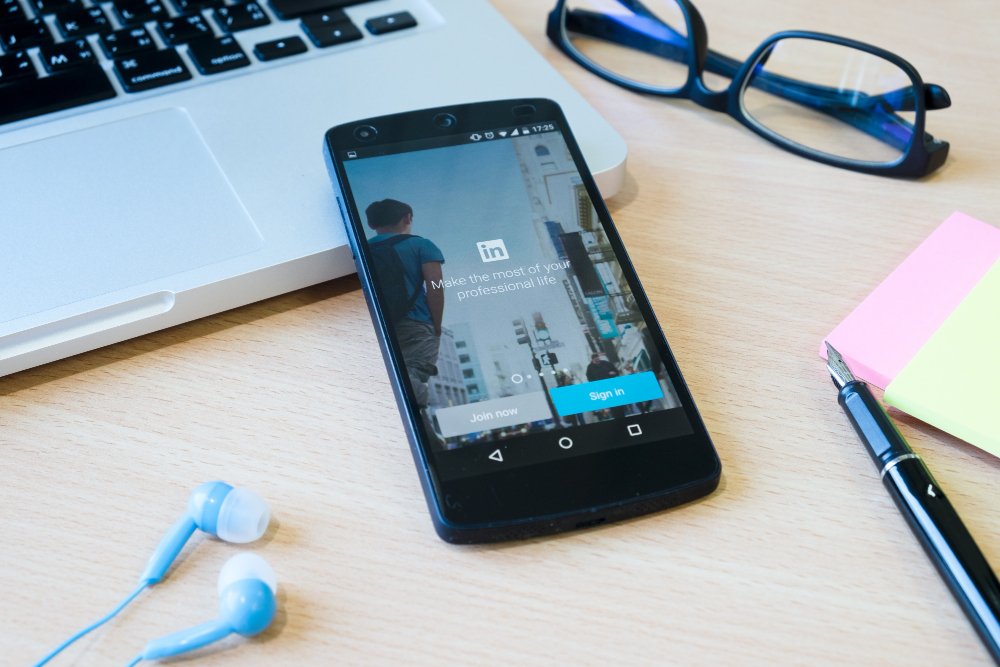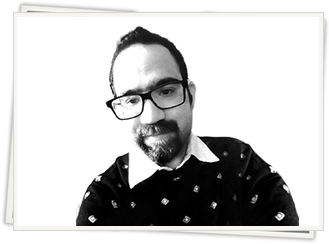
LinkedIn, the social network focused on business, boasts more than 400 million users worldwide. That’s why it’s so valuable to marketers and content creators as a means of connecting with potential customers, clients, and collaborators — as well as staying connected with existing ones. LinkedIn offers plenty of ways to connect with people and build your brand’s reputation through the platform’s content offerings, including articles, videos, info-graphics, and more. Here are some key tips to help you maximize your LinkedIn marketing efforts.
1) First of All, Some Basic Rules to Keep in Mind:
Content marketing for LinkedIn is a vast area. Many things can work, sometimes they don’t. However, some rules will be always relevant such as…
- Keep your titles short, sweet, and to the point. People are busy, and they don’t have time to read a novel. Get straight to the point.
- Write for your audience. Who are you trying to reach? What kind of content will they find valuable? Write with them in mind.
- Be authentic. People can spot inauthenticity a mile away. Be genuine, transparent, and honest in your writing, and you’ll build trust with your readers.
- Use images, info-graphics, and videos. Adding visuals to your blog posts can help break up the text and make complex topics more digestible for your readers.
- Promote your content across social media platforms.
2) Know What Your Target Audience Wants
Who is your target audience? Who are the people your content is supposed to help?
What are their pain points? What kind of content will help them overcome these challenges?
When you know what they want, you can start creating content that resonates.
If you’re struggling to figure out the best way to do this, create a list of keywords and phrases associated with your company’s industry and the problems it solves.
Next, take those keywords and enter them into the search bar on Google. Look for blogs in your industry that pop up in the results.
Take a look at the blog’s headlines and see if any of them match up with what you were thinking about.
3) Don’t Make It All About You
When you’re creating content for LinkedIn, it’s important to remember that the platform is a professional network. That means your content shouldn’t be all about you and your company. Instead, focus on creating helpful, informative, and interesting content that will engage your target audience. One great way to do this is by looking at other high-performing content on LinkedIn and seeing what resonates with your audience.
4) Pick The Right Time Of Day For Posting
The best time to post on LinkedIn is Tuesday through Thursday from 8:00 a.m. to 2:00 p.m.
However, the days and times that work best for you may vary depending on your industry, company size, and target audience. In general, it’s best to avoid posting during periods of high volume on Linkedin such as Saturday evenings at 10:00 p.m., Sunday mornings at 9:00 a.m., or Wednesday evenings at 7:00 p.m., when most users are logged in.
5) Build A Relationship First Before Promoting Something
If you want to succeed with LinkedIn content marketing, you need to start by building relationships. That means creating and sharing content that your target audience will find interesting and valuable, without always promoting your own products or services. By doing this, you’ll establish yourself as a thought leader in your industry, which will make people more likely to do business with you when they need what you sell.
6) Engage With Other LinkedIn Influencers In Your Field
If you want to get noticed on LinkedIn, you need to engage with other influencers in your field. Find and follow the influencers that interest you, and share their content with your own followers.
You can also leave comments on their posts, which will help get your name out there. When you engage with others, you’ll start to build relationships that can lead to opportunities down the road.
7) Choose the Right Content-Type
When it comes to LinkedIn content marketing, you need to choose the right content type for the platform. That means understanding the difference between articles, posts, and videos.
Articles are text-based pieces that can be 1,000 words or more. Posts are shorter pieces of text or a series of photos with short captions (more like an Instagram post).
Videos are YouTube-style videos uploaded directly to LinkedIn. These can be used in presentations or as standalone content. To add them to your page, you’ll have to link your YouTube account with your LinkedIn account.
(An Extra Tip: A profile is also considered a form of content on LinkedIn – it’s important because it helps people get to know who you are and what value you provide. This profile must be filled out completely because people might not spend time reading other information about your company if they don’t know anything about the person behind it.)
Wrapping Up:
LinkedIn is a powerful platform that allows you to connect with your target audience in unique ways and help build your brand’s reputation among professionals.
Leveraging the power of the platform and creating effective LinkedIn content can be difficult, however, so it’s important to know what you’re doing to maximize results. I hope that these key tips will help you master LinkedIn content marketing.
One more thing–as I have said in many of my blogs, don’t expect overnight results. Keep in mind that any online marketing strategy takes time to generate results. Imply the right things, have patience and enjoy the results later.
Let me know if these ideas are enough to help you with your LinkedIn marketing strategy. Or do you have something better in mind? Please do share in the comment box given below!

Started working as a digital marketing expert, Varun Sharma is now also a well-known digital marketing speaker – a speaker on performance development, and a trusted mentor to businesses in the digital world. His keynote expositions are based on the digital marketing theories, which provide a fascinating insight into the secrets of high performance.

